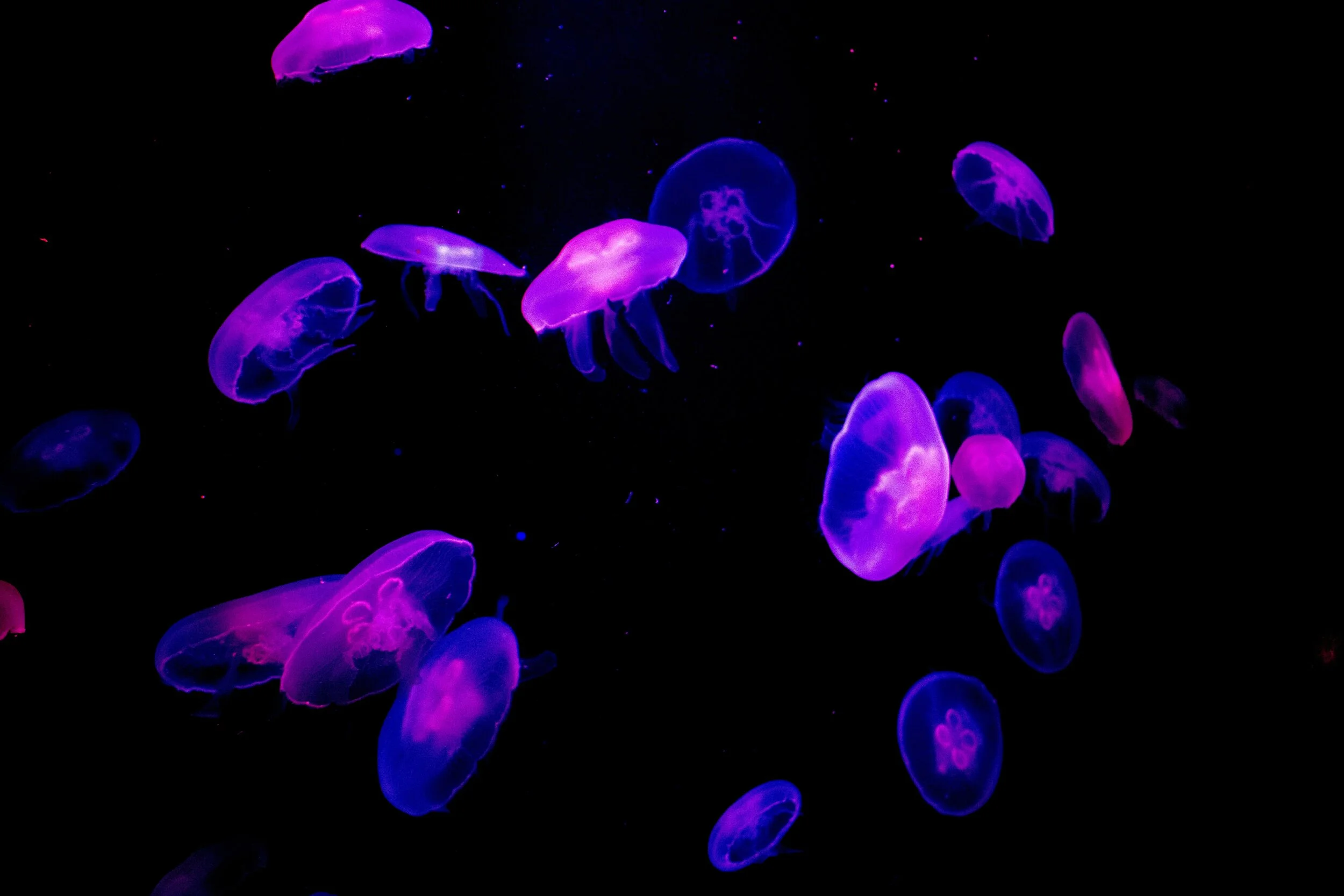
Unit 25: Isometric Scaling
Practice Problems

Note: problem difficulty is ranked using a star system.
(*) One-star problems are fundamental to the unit, and can be done relatively quickly. Use these problems to introduce yourself to the material.
(**) Two-star problems are more difficult, and require an understanding of one or two key concepts. Use these problems to test your understanding of the material.
(***) Three-star problems are the most difficult, and require some creative thinking in addition to a deep familiarity with multiple key concepts. Use these problems to challenge yourself; if you can complete one of these, you’re on your way to mastering the material.
*Q25.1) A balloon contains 460cm³ of air and is 15cm in length. You blow air into the balloon, increasing its length to 35cm. What’s the new volume of the balloon?
*Q25.2) You catch two fish of the same species: a small one with a mass of 0.3kg and a larger one with a mass of 1.5kg. You measure the small fish to be 25cm in length from head to tail. Estimate the length of the larger fish.
**Q25.3) An olympic weightlifter with a body mass of 50kg can lift a maximum of 180kg. Assuming isometric scaling, how much should a 100kg olympic weightlifter be able to lift?
**Q25.4) Your latest idea for your Etsy store is to sell adorable hand-knit sweaters for Easter eggs. If it requires 5g of wool to knit a sweater for a 30g chicken egg, how much wool would you need to knit a sweater for a 1.5kg ostrich egg? Assume that both sweaters have the same thickness.
**Q25.5) You buy a new house and decide to do some painting. You start by painting all the walls of the bathroom which requires 1.5 cans of paint. From the blueprints for the house, you can see that the master bedroom contains 20 times the volume of the bathroom. How many cans of paint are required to cover all the walls of the bedroom?
***Q25.6) A object in free-fall has a speed limit called its terminal velocity. The terminal velocity is reached when an object is moving fast enough that its weight (which depends on its mass) is exactly countered by drag (which depends on its cross-sectional area and its speed). Use a scaling argument to show why small objects tend to have much lower terminal velocities than large objects. Hint: Consider the ratio of an object’s weight to the drag force it experiences.
***Q25.7) There seems to be a maximum size that individual cells can grow to. Why is it that we don’t see unicellular organisms the size of dogs running around forests? Using a scaling argument, show why this size constraint exists. Hint: a cell must supply oxygen to its entire body, and it obtains oxygen via diffusion through its membrane. Consider the ratio of a cell’s oxygen requirements to its oxygen intake rate.
